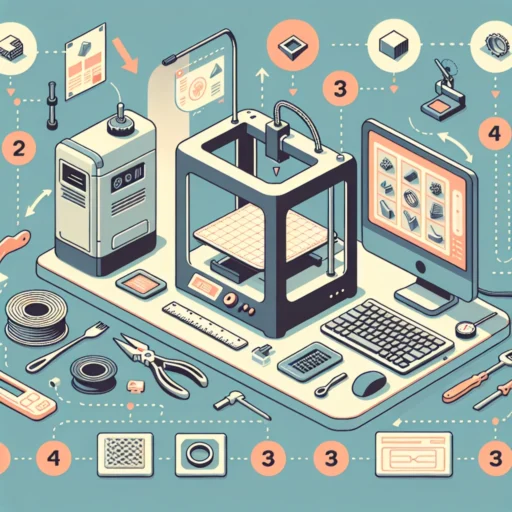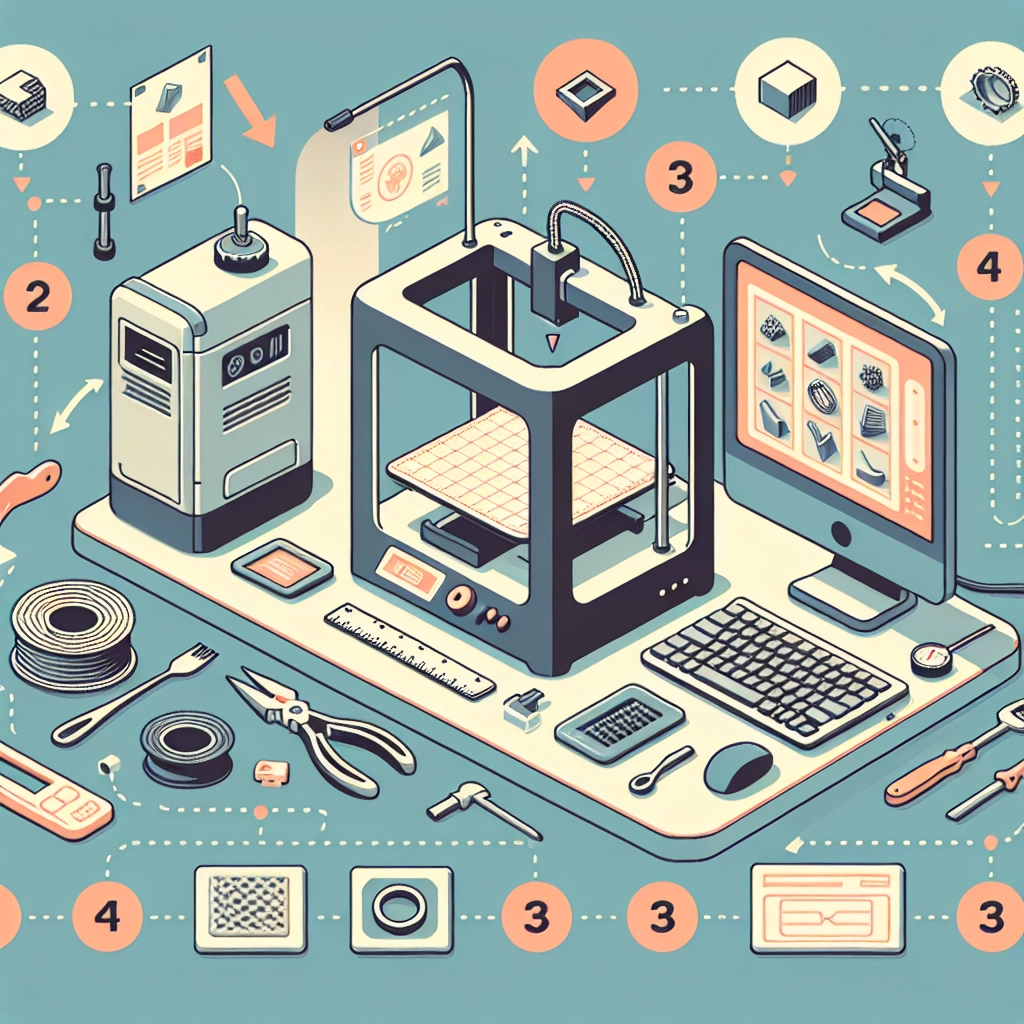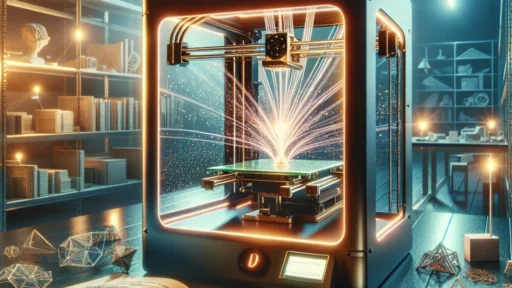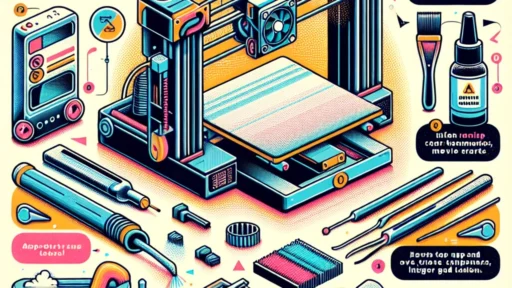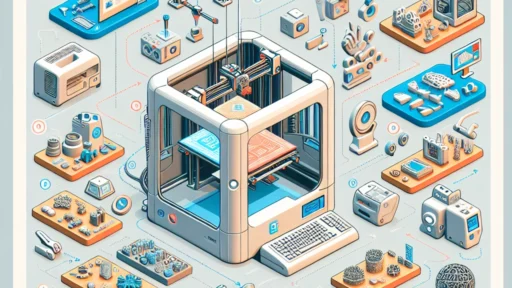Getting Started with 3D Printing: Tips for Beginners
Hey there, future makers and tinkerers! If you’ve ever dreamed about creating your own custom gadgets, toys, or even artistic masterpieces, then 3D printing might just be your new favorite hobby. With accessible technology and endless design possibilities, it’s no wonder that this craft is captivating the hearts of DIY enthusiasts everywhere. But if you’re just starting out, the world of 3D printing can feel a bit intimidating. No worries, though! Here are some friendly tips to help you ease into the 3D printing universe.
Understanding the Basics
First things first: what is 3D printing? At its core, it’s a process of creating three-dimensional objects from a digital file. You start with a virtual model, usually designed with CAD software or downloaded from the internet, and then use a 3D printer to bring it to life by layering material—like plastic, resin, or even metal.
Before diving in, familiarize yourself with a few key terms: filament (the material used), slicing software (the tool that converts your model into printer-readable instructions), and build plate (the surface where your object is printed). Understanding these terms can really help simplify the entire process.
Choosing the Right Printer
When you’re ready to make a purchase, selecting your first 3D printer can feel like a daunting task. There are various styles out there, but if you’re a beginner, consider starting with an FDM (Fused Deposition Modeling) printer. These are typically more user-friendly and budget-friendly than others, making them perfect for newbies.
Look for printers that have good community support—this often translates to an abundance of online resources like tutorials and forums for troubleshooting. A printer with a sizeable build volume is also beneficial, allowing you to create larger items or multiple small items at once.
Materials Matter
Now, let’s talk about filament. The most common choice for beginners is PLA (Polylactic Acid), which is biodegradable and easy to work with. It comes in multiple colors and produces good quality prints. Plus, it hardly requires heating the printer’s bed, reducing the chance of print failures.
Once you’ve got a handle on PLA, consider experimenting with other materials like PETG for a stronger finish or TPU if you want to print flexible items. Always remember to check the specifications of your printer to ensure it’s compatible with the materials you want to try.
Dive into Design
If you’re feeling ambitious and want to create your own designs, there are plenty of user-friendly software options available for novices. Programs like Tinkercad allow you to create 3D models without a steep learning curve. It’s web-based, which means you don’t need to download anything, and you can access it from anywhere.
Don’t forget about the wealth of designs available online through platforms like Thingiverse and MyMiniFactory. These can be a treasure trove of inspiration and practical items. Just make sure to check the licensing on each design, so you’re aware of what you can and can’t do with them.
Be Patient and Prepare for Fails
3D printing is as much about patience as it is about creativity. As a beginner, it’s wise to expect a bumpy ride. Your first few prints might not turn out as planned—this is completely normal! Misprints can happen due to a variety of reasons: bed adhesion issues, incorrect settings, or even environmental factors.
Take these missteps as learning opportunities. Every failed print teaches you something valuable, whether it’s adjusting the printer settings or improving your designs. Over time, you’ll gain a better understanding of your printer and how to troubleshoot effectively.
Join the Community
One of the best parts about getting involved in 3D printing is the vibrant community that comes with it. From online forums to local maker spaces, there are countless ways to connect with fellow enthusiasts. Engaging with others can not only enhance your technical skills but also expose you to creative ideas and techniques you might not have thought of on your own.
Participate in discussions, ask questions, and share your experiences—there’s no such thing as a silly question in this craft! The community is generally quite welcoming, filled with experienced makers eager to help newcomers succeed.
Ready, Set, Print!
So, are you ready to jump into the exciting world of 3D printing? It may take a bit of practice and some trial and error, but the sense of accomplishment you’ll feel when you create your first successful print is truly rewarding. Remember, every expert was once a beginner, and the journey is all part of the fun. So gather your materials, fire up your printer, and let your imagination run wild! Happy printing!


